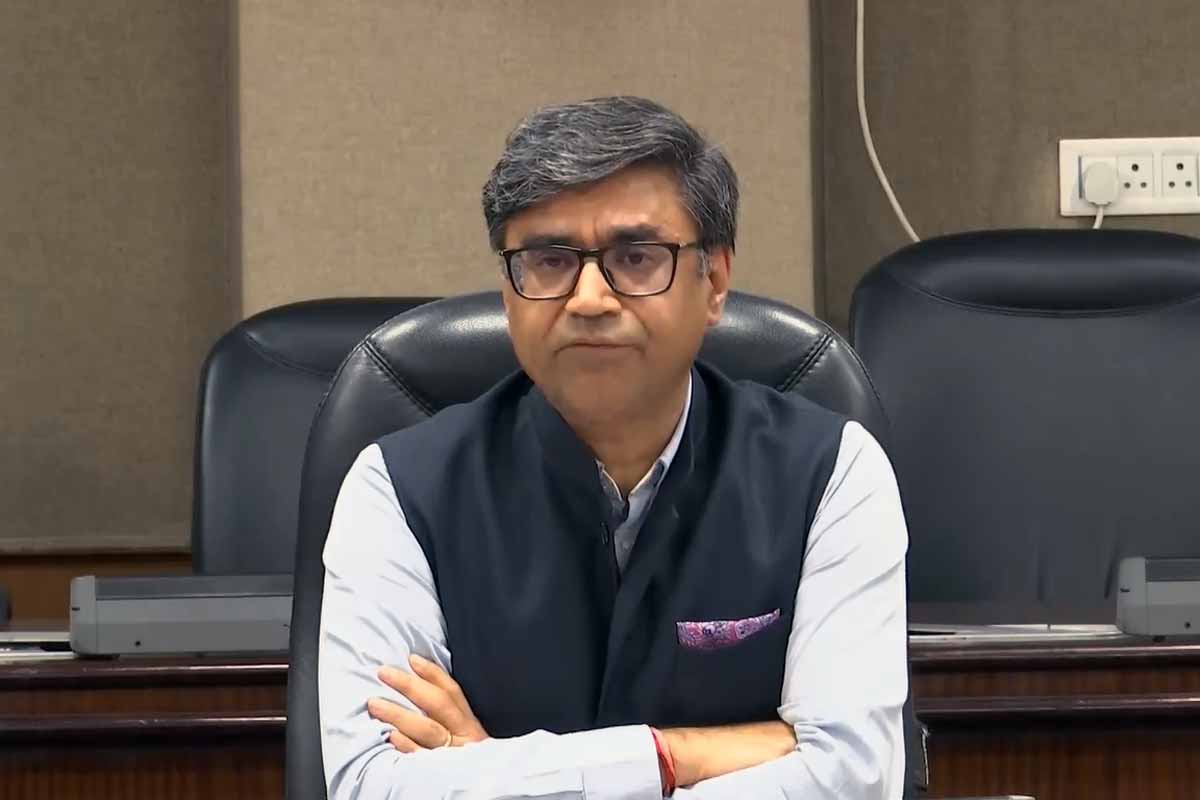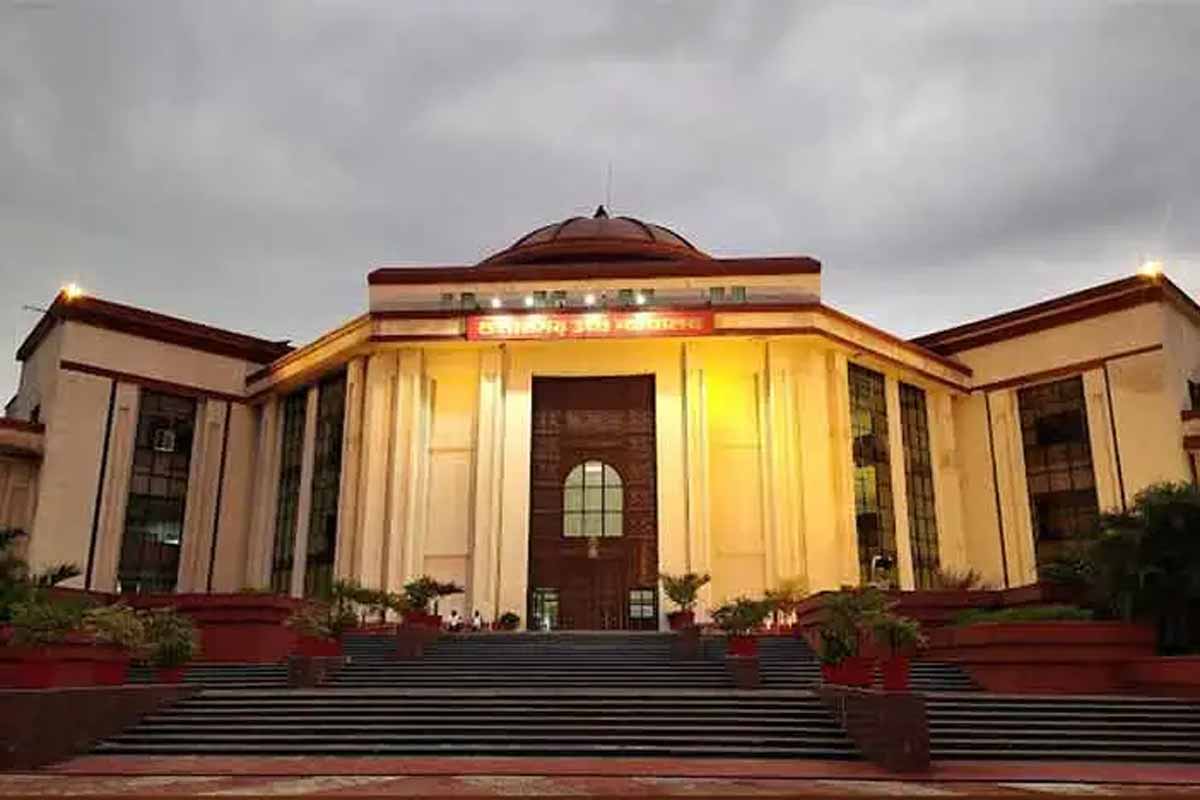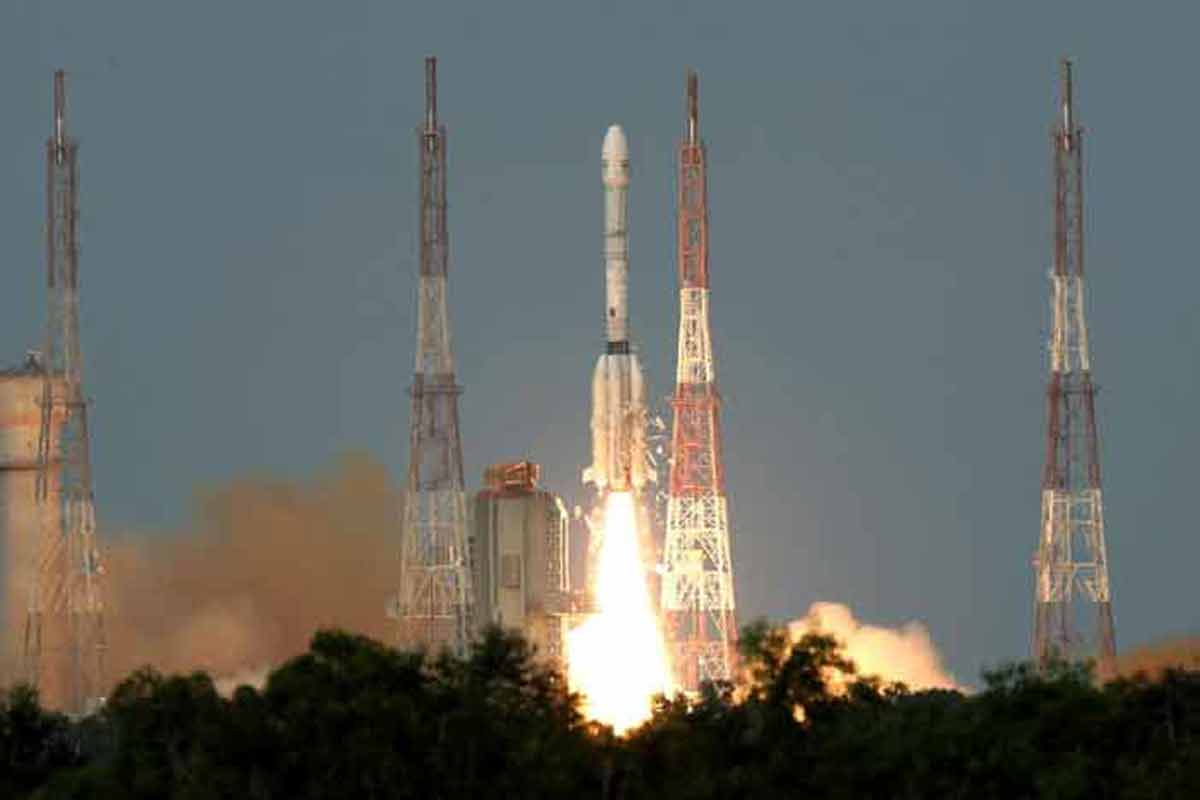Operation Sindoor: India-Pakistan Ceasefire – New Delhi, Srinagar, Washington D.C. – A fragile ceasefire between India and Pakistan, announced with cautious optimism just hours earlier, appeared to be in serious jeopardy as accusations of violations and reports of explosions and drone activity surfaced rapidly. The truce, unexpectedly declared by US President Donald Trump on Truth Social following a period of heightened conflict, was quickly marred by renewed tensions, particularly in the volatile region of Jammu and Kashmir.
In a televised address later in the evening, Foreign Secretary Vikram Misri reiterated India’s accusations. “For the last few hours there have been repeated violations of the understanding arrived at earlier this evening between the directors general of military operations of India and Pakistan,” he stated, according to sources. “This is a breach of an understanding arrived at earlier today. We call upon Pakistan to take appropriate steps to address these violations and deal with the situation.” He added that Indian forces had been instructed to respond “strongly” to any further violations.
READ: Operation Sindoor: India Foils Pakistan’s Retaliatory Strikes, Neutralizes Lahore Air Defence System
The international community, led by the United States, had seemingly brokered a breakthrough. President Trump‘s post on Truth Social read: “Great news! India and Pakistan have agreed to a complete ceasefire along the border. This is a big step towards lasting peace in South Asia. The United States played a crucial role in facilitating this agreement. More details to follow!”
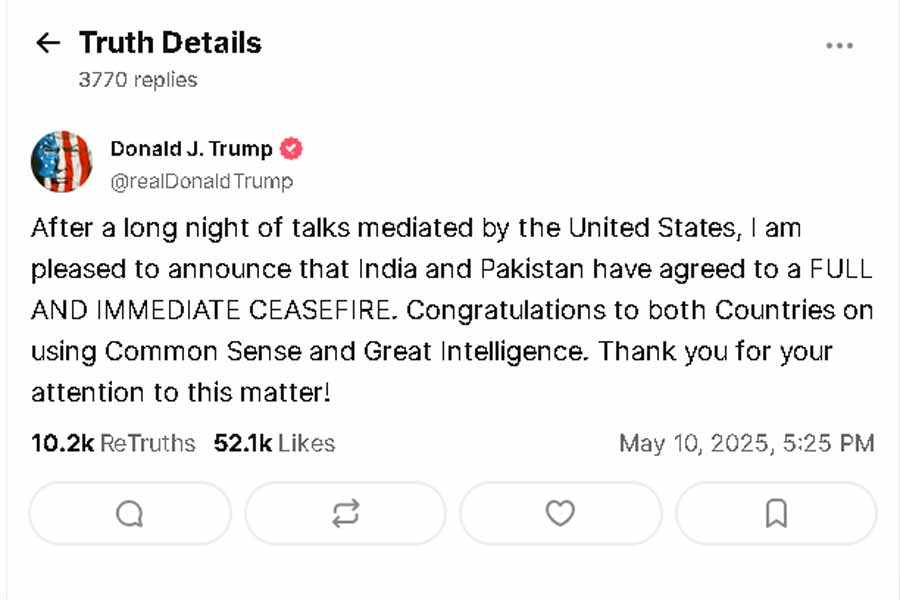
US President Donald Trump’s Post on Truth Social.
However, the relief was short-lived. Hours after the ceasefire was to take effect at 5:00 PM Indian Standard Time, disturbing reports began to emerge from Srinagar, the capital of Jammu and Kashmir. The region’s Chief Minister, Omar Abdullah, took to social media platform X to voice his alarm. “What the hell just happened to the ceasefire?” he questioned in a post. This was followed by another, more concerning update: “This is no ceasefire. The air defence units in the middle of Srinagar just opened up,” accompanied by a video purportedly showing anti-aircraft fire in the night sky.
Eyewitness accounts corroborated these reports, with residents describing loud explosions and a subsequent blackout in Srinagar. Similar reports of drone sightings and explosions emanated from other border areas, including Jammu, as well as parts of Punjab and Rajasthan.
READ: Opeartion Sindoor: India Hits 9 Terror Camps in Pakistan, PoK
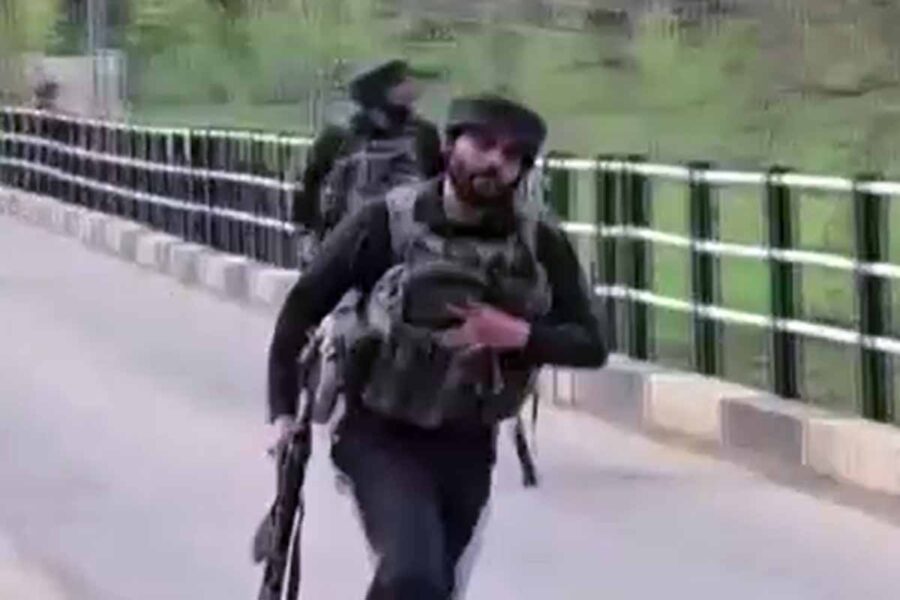
Indian Soldiers Rushing to Terror Attack Site in Pahalgam in Jammu and Kashmir. (File Photo).
READ: DRDO Tests Cooled Scramjet Combustor for Hypersonic Missiles
India’s Foreign Secretary, Vikram Misri, had earlier in the day had vehemently blamed Pakistan for the recent escalation, which began on May 7th following India’s “Operation Sindoor” – a retaliatory action for the deadly Pahalgam Massacre that claimed the lives of 26 people on April 22nd. “For far too long,” Secretary Misri stated firmly during a press briefing, “Pakistan’s unprovoked aggression has disrupted peace and stability in the region. Their consistent disregard for the ceasefire understanding is unacceptable and has led to the unfortunate loss of lives.” He had emphasized, “We have repeatedly called upon Pakistan to adhere to its commitments and ensure the sanctity of the LoC.”
READ: JD Vance Renews US Offer of F-35 Fighters for Indian Air Force
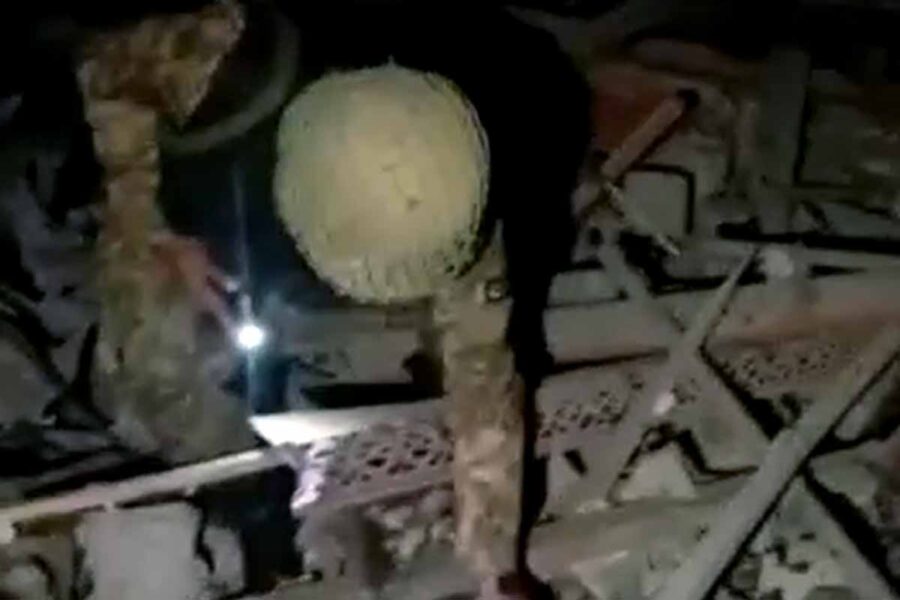
Pakistan Army Soldiers Inspecting Debris Following India’s Military Strike on Pakistan Terror Camps.
READ: DRDO’s Laser-based Direct Energy Weapon Successfully Destroys Drone
US Secretary of State Marco Rubio, who had earlier engaged in discussions with both Indian and Pakistani counterparts, expressed his initial optimism on X, echoing President Trump’s announcement of an immediate ceasefire. “We commend Prime Ministers Modi and Sharif on their wisdom, prudence, and statesmanship in choosing the path of peace,” he had posted. However, in light of the subsequent events, his office is yet to release a further statement.
India’s External Affairs Minister, S Jaishankar, had also confirmed the ceasefire earlier, stating, “India and Pakistan have today worked out an understanding on stoppage of firing and military action… India has consistently maintained a firm and uncompromising stance against terrorism in all its forms and manifestations. It will continue to do so.” His statement now carries a somber undertone given the emerging reports of violations.
Pakistan’s initial confirmation of the ceasefire, through Foreign Minister Ishaq Dar, who claimed Pakistan had always strived for peace, is now being viewed with skepticism in New Delhi. There has been no immediate official response from Islamabad to the accusations of ceasefire violations.
READ: Aeroshul Technologies to Build Loitering Munition Swarm for Indian Army

Operation Sindoor: India’s Response to Pahalgam Massacre.
READ: India-Russia Sign $248 million T-72 Tank Engine Deal
The recent surge in conflict was triggered by “Operation Sindoor,” India’s response to the horrific Pahalgam Massacre on April 22nd. India claimed that the operation targeted terrorist camps in Pakistan and Pakistan-administered Kashmir, leading to retaliatory artillery shelling and drone attacks from across the border. Pakistan, while denying involvement in the Pahalgam attack, accused India of unprovoked aggression.
The apparent breakdown of the ceasefire underscores the deep mistrust and fragility that continue to plague the relationship between the two neighbors. While the initial announcement offered a sliver of hope, the ensuing hours have cast a dark cloud over the prospects for lasting peace, raising serious questions about the commitment of both sides to uphold the newly agreed truce. The international community now watches with bated breath, hoping that the situation can be salvaged before it spirals further into dangerous territory.


